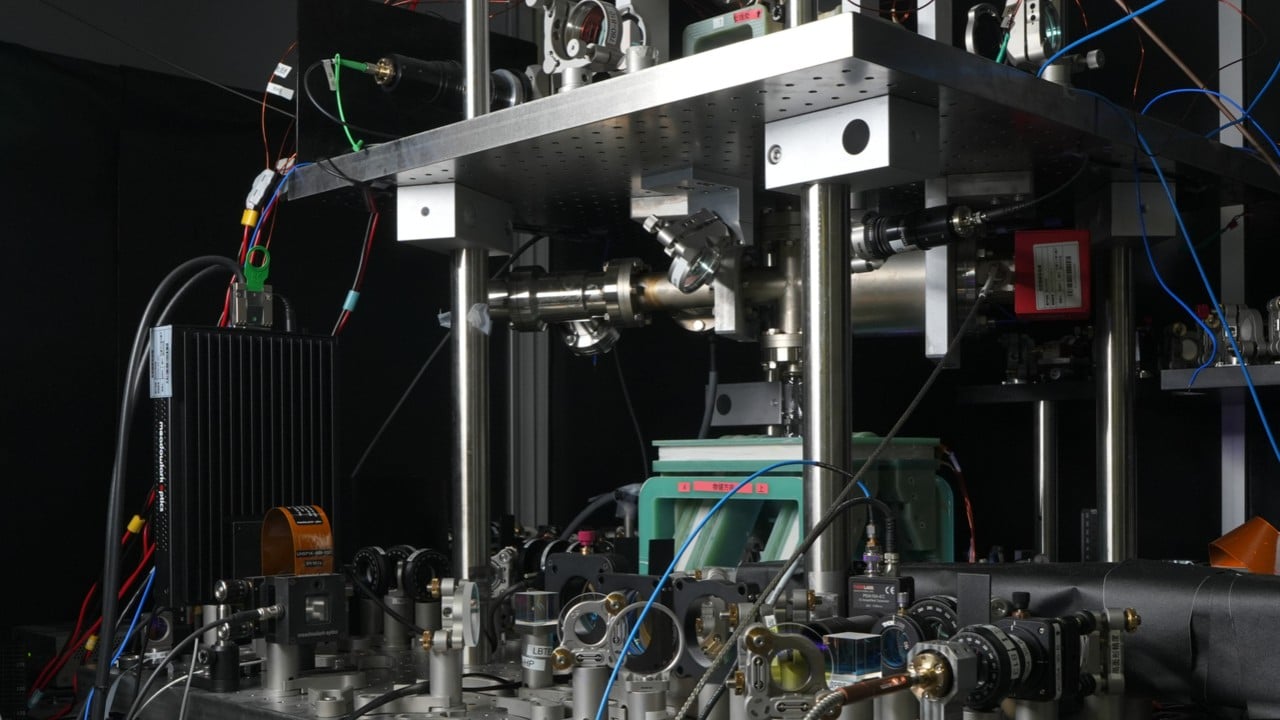Published: 8:00pm, 13 Aug 2025Updated: 8:32pm, 13 Aug 2025
A team led by renowned Chinese physicist Pan Jianwei has built a key component for a quantum computer — an atom-arranging setup capable of creating arrays 10 times larger than previous systems — that raised hopes it could one day be scaled to tens of thousands of these tiny building blocks.
Advertisement
The approach taken by Pan and his team from the University of Science and Technology of China overcomes a major hurdle to atom-based quantum computing, according to a paper published last week in the peer-reviewed Physical Review Letters.
The researchers designed an artificial intelligence system capable of arranging more than 2,000 rubidium atoms – each serving as a qubit, the two-state basic unit of quantum computing – into perfect patterns in a mere 60,000th of a second, it said.
The milestone array was hailed by the paper’s reviewers as “a significant leap forward in computational efficiency and experimental feasibility within atom-related quantum physics”, according to a press release on the university’s website.
Three main ways to build a quantum computer have emerged since the concept was first envisioned in the 1980s, with the atom-based approach considered especially promising.
Advertisement
Unlike the alternatives, which use superconducting circuits or trapped ions as qubits, neutral atoms are more stable and easier to control in large numbers. However, atom-based systems have so far been limited to arrays of just a few hundred.
In an atom-based quantum computer, the atoms are held in place by focused laser beams called optical tweezers, which manipulate their energy levels and link them to perform calculations.

